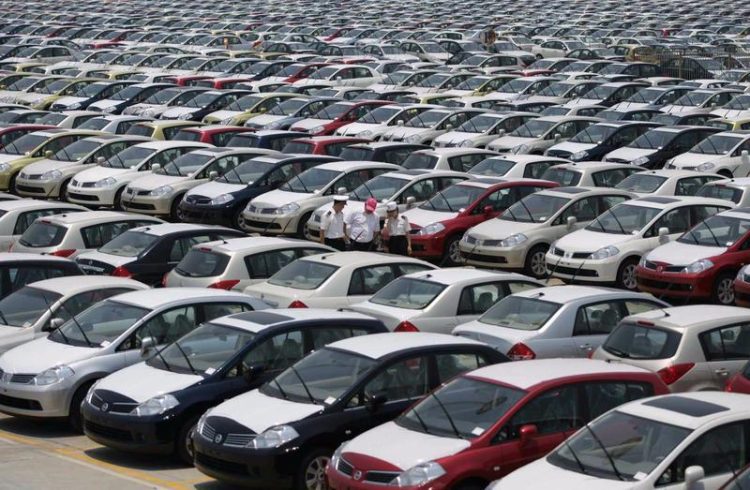The Vietnamese Ministry of Finance recently released an important policy proposal aimed at further stimulating the domestic automobile consumption market and promoting the recovery and growth of the automobile manufacturing and assembly industry. The department proposes to continue reducing the purchase cost of domestically assembled cars by 50% from August 1, 2024 to January 31, 2025, in order to accelerate the recovery of the Vietnamese automotive market.
Behind this decision is severe data provided by the Vietnam Automobile Manufacturers Association (VAMA). According to the association’s statistics, since the beginning of 2024, the car sales of its member units have continued to decline, with a cumulative car sales of only 108000 units in the first five months, a year-on-year decrease of 5%. What is even more worrying is that among them, the sales of assembled cars have decreased by 14%, while the sales of imported cars have increased by 8% against the trend. This data clearly reflects the challenges and difficulties faced by Vietnam’s domestic automotive manufacturing industry.
The measure taken by the Vietnamese Ministry of Finance to lower the purchase cost is precisely to cope with this severe situation. Historical experience has shown that similar policy adjustments have a significant effect on stimulating automobile consumption. Previously, Vietnam implemented similar purchase cost reduction policies in the second half of 2020 and the first half of 2022, resulting in a strong recovery in car sales. Especially in the second half of 2020, car sales reached 189451 units, an increase of 76% compared to the first half of the year, and a significant increase of 33% year-on-year.
The Vietnamese government is well aware that the automobile manufacturing industry is not only an important component of the country’s economy, but also a key area for promoting industrial upgrading and creating employment. Therefore, stimulating consumers to purchase domestically assembled cars by reducing purchase costs can not only promote the increase of car sales, but also drive the development of the entire industry chain, including multiple links such as parts supply, sales channels, and after-sales service.
In addition, this policy also helps to enhance the international competitiveness of Vietnamese car brands. With the continuous opening up of the automotive market and intensified competition, Vietnam’s automotive manufacturing industry needs more policy support and market incentives to accelerate transformation and upgrading. By lowering the purchase cost, the threshold for consumers to purchase domestically assembled cars can be lowered, enhancing consumers’ recognition and willingness to purchase local brands, thereby laying a solid foundation for Vietnamese car brands to win more market share in the international market.
It is worth noting that this policy adjustment also faces certain challenges and uncertainties. On the one hand, fluctuations in international raw material prices and exchange rates may affect the costs and profits of the automotive manufacturing industry; On the other hand, competition in the international automotive market is also intensifying, and Vietnam’s automotive manufacturing industry needs to continuously improve its technological level and product quality to cope with challenges.
Nevertheless, the Vietnamese Ministry of Finance remains steadfast in advancing the implementation of this policy proposal. They believe that through the joint efforts of the government and enterprises, the Vietnamese automotive market will surely usher in a more prosperous future. At the same time, this policy will also bring more benefits and choices to Vietnamese consumers, promoting the sustained and healthy development of the automotive consumption market.


































Discussion about this post